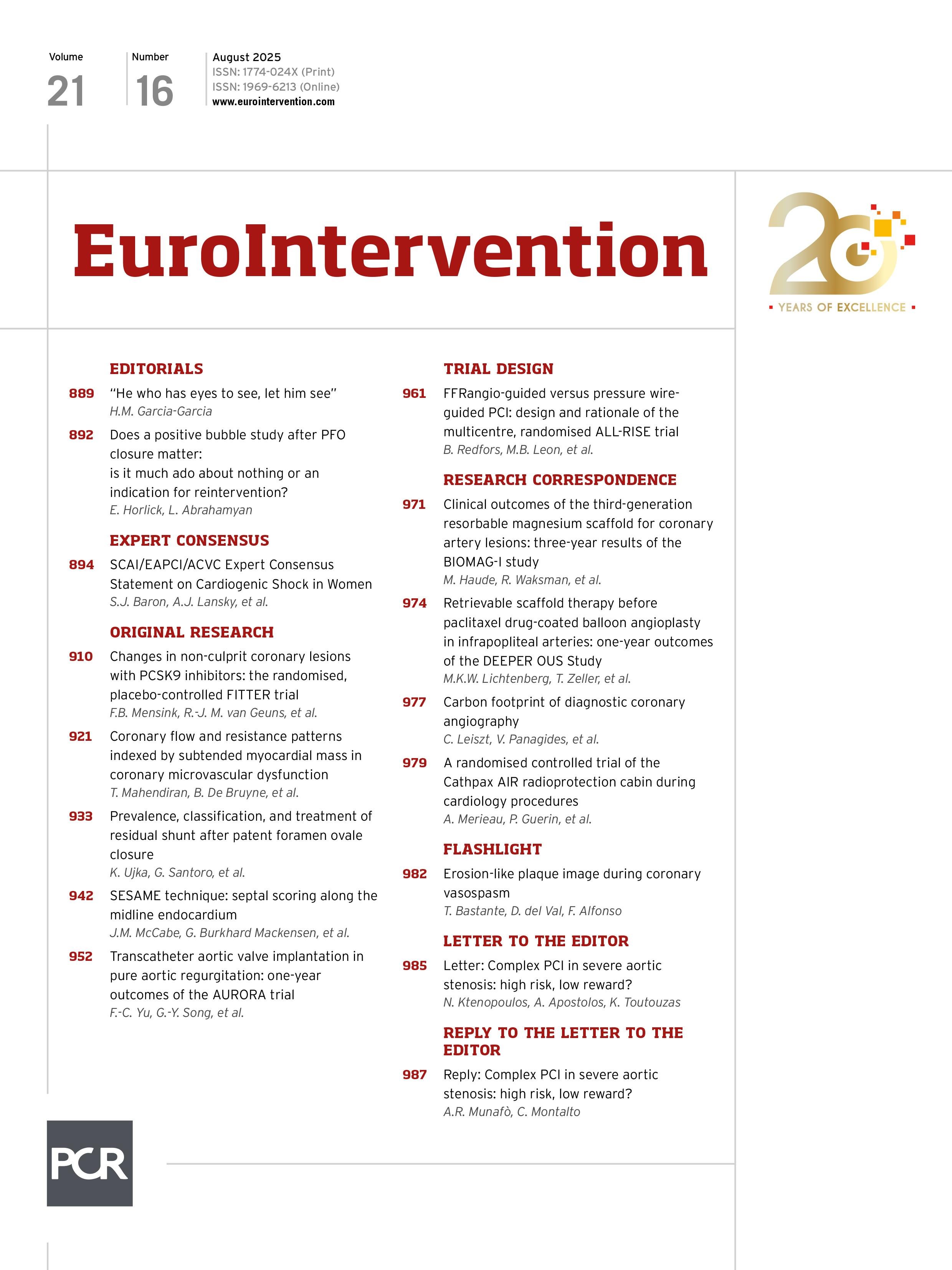Abstract
Background: Patients with coronary microvascular dysfunction (CMD) exhibit impaired vasodilatation of the microcirculation. This manifests as reduced microvascular resistance reserve (MRR) due to either increased resting flow (Qrest; functional CMD) or decreased hyperaemic flow (Qhyper; structural CMD). However, coronary flow is intimately linked to myocardial mass, potentially confounding the interpretation of flow and resistance measurements.
Aims: We investigated the relationship between subtended myocardial mass, microvascular resistance, and coronary flow to determine whether the disturbed resistance and flow patterns seen in CMD persisted after indexing by subtended myocardial mass.
Methods: We recruited 100 patients with angina with non-obstructive coronary arteries who underwent coronary computed tomography angiography to quantify vessel-specific subtended myocardial mass. Continuous intracoronary thermodilution was used to quantify absolute coronary flow and microvascular resistance, both at rest and during hyperaemia. Among patients with an MRR <3.0, hyperaemic microvascular resistance (Rμ,hyper) ≥475 Wood units (WU) defined structural CMD (versus functional CMD). Flow and resistance measurements were analysed both in absolute terms and after indexing by subtended mass.
Results: Mass and flow were analysed in 100 patients in the left anterior descending artery. The mean subtended myocardial mass in the structural CMD group (47.00±13.83 grams) was significantly lower than in the control group (59.64±21.69 grams; p=0.027), with no significant difference between the control group and the functional CMD group (53.75±13.99 grams; p=0.339). After indexing by the subtended mass, patients with structural CMD still had higher Rμ,hyper (control: 20.68±7.99 WUâ¢kg vs structural CMD: 30.58±11.63 WUâ¢kg; p<0.001) and lower Qhyper (control: 4.56±2.20 ml/min/g vs structural CMD: 3.20±0.90 ml/min/g; p=0.013). Conversely, patients with functional CMD exhibited similar indexed values of Rμ,hyperand Qhyper to controls.
Conclusions: Despite significantly lower subtended mass, patients with structural CMD exhibit abnormal indexed Rμ,hyper and Qhyper, supporting the notion of hyperaemic flow restriction at the tissue level that is independent of subtended mass. However, patients with functional CMD have similar subtended myocardial mass to controls and exhibit no flow restriction during hyperaemia.
Sign up for free!
Join us for free and access thousands of articles from EuroIntervention, as well as presentations, videos, cases from PCRonline.com

